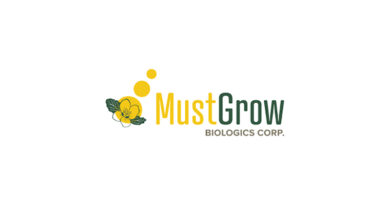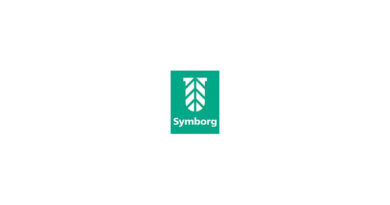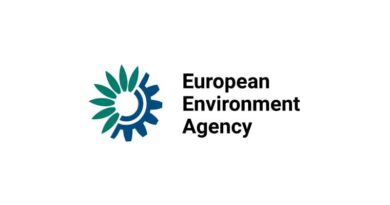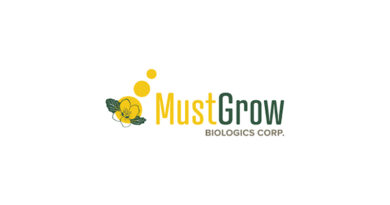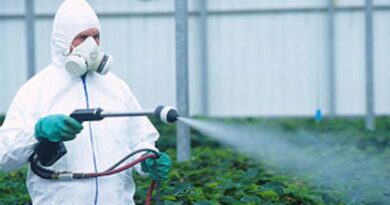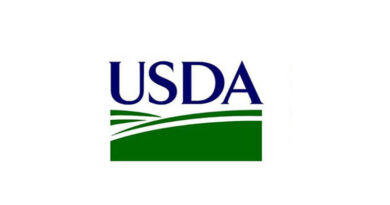Overcoming the Complexities of Biopesticide Regulation
21 June 2022, UK: Governments across the world want to lessen the use of chemicals in farming because of their damaging environmental effects and their impacts on worker safety. This is reflected in recent high-profile initiatives such as the European Commission’s Farm to Fork Strategy, and the UK Government’s Soil Health Action Plan.
These initiatives echo public concerns for greener and safer food systems with lower residues of synthetic chemicals in food commodities and other related products.
However, this creates a challenge in managing crop pests and diseases. If chemical pesticide use is to be reduced, how will crop pests and diseases be adequately controlled?
A solution lies in nature, as more intelligent approaches to farming harness natural solutions to enable increased crop yields and quality, and the management of crop pests and diseases.
Frequently referred to interchangeably as biopesticides, biocontrol, or bioprotection products, these solutions have gained much attention as governments recognise that they have the potential to fill the gaps left by banned or reduced chemical pesticides.
There are four main types of biopesticides, all of which provide eco-friendly solutions for pest problems in crop production.
- Macrobials contain invertebrate predators and parasites such as ladybirds, wasps, dragonflies, and insect-parasitic nematodes.
- Microbials are organisms found naturally in the soil or elsewhere in nature (bacteria, fungi, viruses, or other pathogens). Although each microbe is particular for its target pest[s], microbial pesticides can control a wide range of pests.
- Semiochemicals are naturally occurring compounds that use non-toxic ways to control pests. They include insect sex pheromones and other scented plant extracts that attract insect pests to traps or interfere with mating.
- Natural biochemical products are botanicals and other natural substances derived from nature.
Understanding regulation of pesticides
However, while it is widely recognised that these products can fill gaps in the market, it is equally widely recognised that the authorities regulating their use and production have struggled for the past 40 years to provide a regulatory environment that encourages innovation and commercialisation in this field.
The regulatory system is now seen as a key barrier to new biopesticides reaching the market and, as public and political pressures grow to fill those gaps in the market, the authorities are coming under increased pressure themselves to address this decades-long issue.
Unsuitable appraisal methods and inconsistent data requirements often result in a lengthy registration time, and they also result in high costs that are prohibitive to the small start-ups and SMEs that dominate the biopesticide sector.
A clearer and more transparent administrative process would make it easier for existing biopesticide investors and, at the same time, also attract new investors into the industry.
At present, there are more than 185 biopesticide active substances registered by EPA, US, in comparison to the EU market of 142.
The number of biopesticides approved in the European Union is less than in the United States and developing countries like China (121), Brazil (95), and India (28). This is due to the complexity of EU-based pesticide regulations, and the fact that it typically takes 5–6 years for a product to reach approval after it is submitted to the authorities.
This especially disheartens many small and medium-sized ventures from applying for such a time-consuming and expensive registration process.
The World BioProtection Forum is currently running a campaign to help the UK revise its biopesticide regulations post-Brexit.
It is widely hoped that – if the UK can at last “get it right” – other countries and regions such as the EU may then use the UK’s revised system as a model for future change. The goal must be to provide a system that is less complex, less expensive, and less time-consuming, while still providing a robust risk assessment.
This is not an impossible goal – it just requires effort and dialogue, and the UK government is open to making that effort right now.
Working towards a better future
Bionema, a biopesticide technology developer is a supporting >40 member of the World BioProtection Forum, and we look forward to being involved as the campaign moves forward, bringing our expertise to the table to help drive productive discussions and outcomes.
Meanwhile, when navigating the biopesticide regulations in any country or region, you should seek the advice of experts who are familiar with the relevant regulations.
Talking to other companies that have undergone the process of registering their biopesticide products can be helpful in getting a realistic idea of what to expect during the process.
The time and effort you put into researching the biopesticide registration process up front can save you money and time in the long run.
Also Read: Solis Yanmar to Launch 3 New Models



